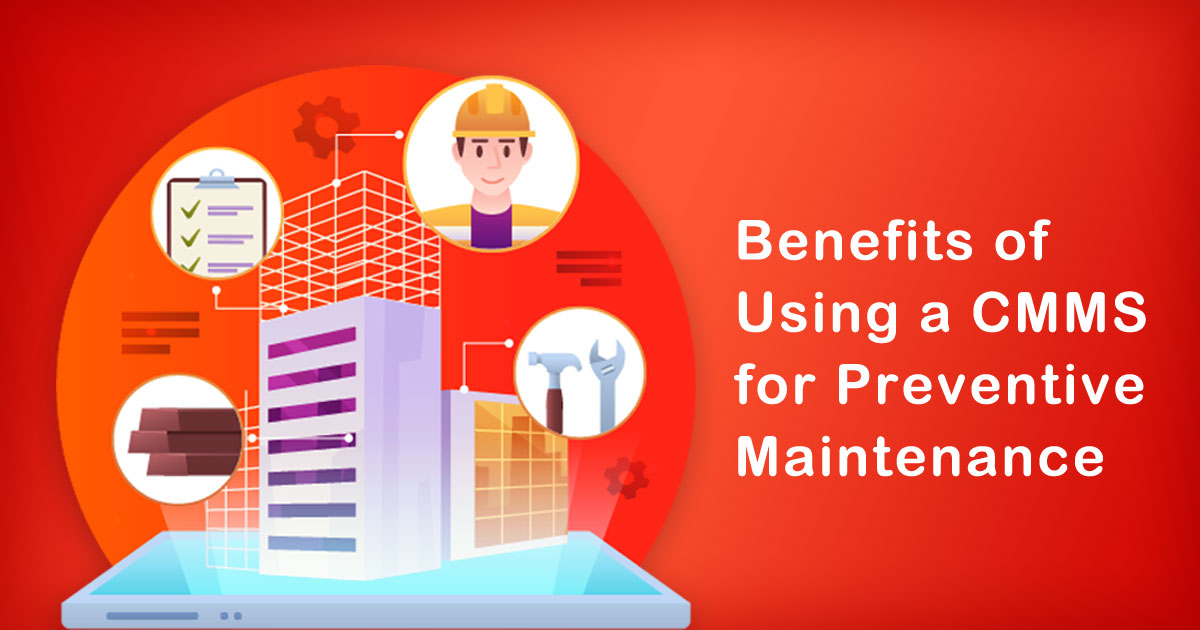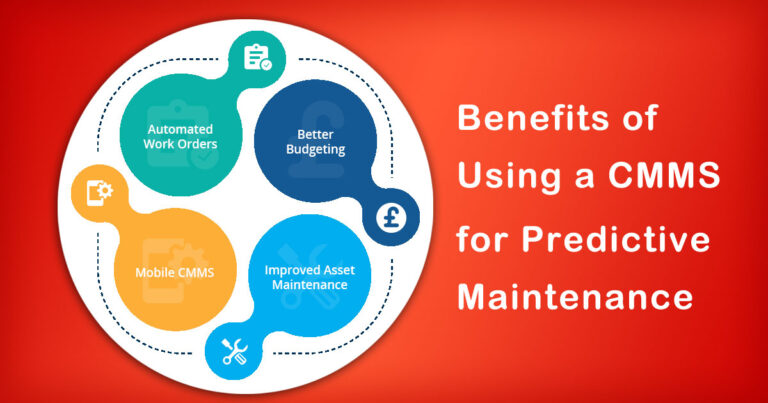Introduction
In today’s fast-paced industrial landscape, organizations in India are constantly striving to optimize their operations and maximize productivity. One crucial aspect of achieving this goal is implementing effective preventive maintenance strategies. To streamline maintenance processes and ensure the smooth functioning of equipment, many businesses are turning to Computerized Maintenance Management Systems (CMMS). In this article, we will explore the benefits of using a CMMS for preventive maintenance, specifically in the Indian context.
Enhanced Equipment Reliability
One of the primary advantages of using a CMMS for preventive maintenance is the increased reliability of equipment. By implementing regular inspections, scheduled maintenance, and timely repairs, a CMMS helps identify potential issues before they escalate into major problems. This proactive approach reduces unexpected equipment downtime, resulting in improved productivity and minimized revenue losses for Indian businesses.
Research conducted by the Indian Institute of Technology (IIT) found that organizations using a CMMS reported a 25% reduction in equipment breakdowns and a 20% increase in overall equipment reliability. This significant improvement demonstrates the tangible benefits of implementing a CMMS for preventive maintenance in an Indian industrial setting.
Optimal Resource Utilization
Effective resource management is crucial for organizations seeking to optimize their maintenance operations. A CMMS provides valuable insights into resource allocation, enabling businesses to allocate manpower, spare parts, and equipment efficiently. By streamlining workflows and eliminating unnecessary manual processes, a CMMS ensures that maintenance personnel spend their time and effort on the most critical tasks.
Research conducted by the Confederation of Indian Industry (CII) reveals that organizations implementing a CMMS for preventive maintenance witnessed a 15% reduction in overtime costs and a 10% decrease in spare parts inventory. These findings underscore the significant role a CMMS plays in enhancing resource utilization and cost savings for businesses in India.
Improved Compliance and Safety
Maintaining compliance with regulatory standards and ensuring a safe working environment are top priorities for organizations in India. A CMMS plays a crucial role in achieving these objectives by facilitating compliance documentation, tracking safety inspections, and managing corrective actions.
According to a study conducted by the National Safety Council of India (NSCI), organizations that adopted a CMMS for preventive maintenance experienced a 30% reduction in safety-related incidents. Furthermore, the study revealed a 40% improvement in compliance with regulatory requirements. These statistics emphasize how a CMMS can contribute to fostering a culture of safety and compliance within Indian organizations.
Data-Driven Decision Making
In today’s data-centric world, harnessing the power of information is key to making informed decisions. A CMMS collects and stores valuable maintenance data, including equipment history, work order details, and performance metrics. By analyzing this data, organizations gain actionable insights into maintenance trends, asset performance, and areas requiring improvement.
The Indian School of Business (ISB) conducted a study that demonstrated a strong correlation between data-driven decision making and maintenance performance. Organizations using a CMMS reported a 30% improvement in maintenance decision accuracy, resulting in increased operational efficiency and cost savings.
Conclusion
In the Indian context, implementing a CMMS for preventive maintenance offers numerous benefits for businesses. Enhanced equipment reliability, optimal resource utilization, improved compliance and safety, and data-driven decision making are just a few of the advantages that organizations can realize through the adoption of a CMMS.
By embracing the power of technology and leveraging the capabilities of a CMMS, Indian businesses can not only prevent unexpected breakdowns but also optimize their maintenance operations, minimize costs, and foster a culture of safety and compliance. As the industrial landscape continues to evolve, organizations that prioritize preventive maintenance through the use of a CMMS will be well-positioned to thrive in the competitive market, ensuring long-term success and growth.








